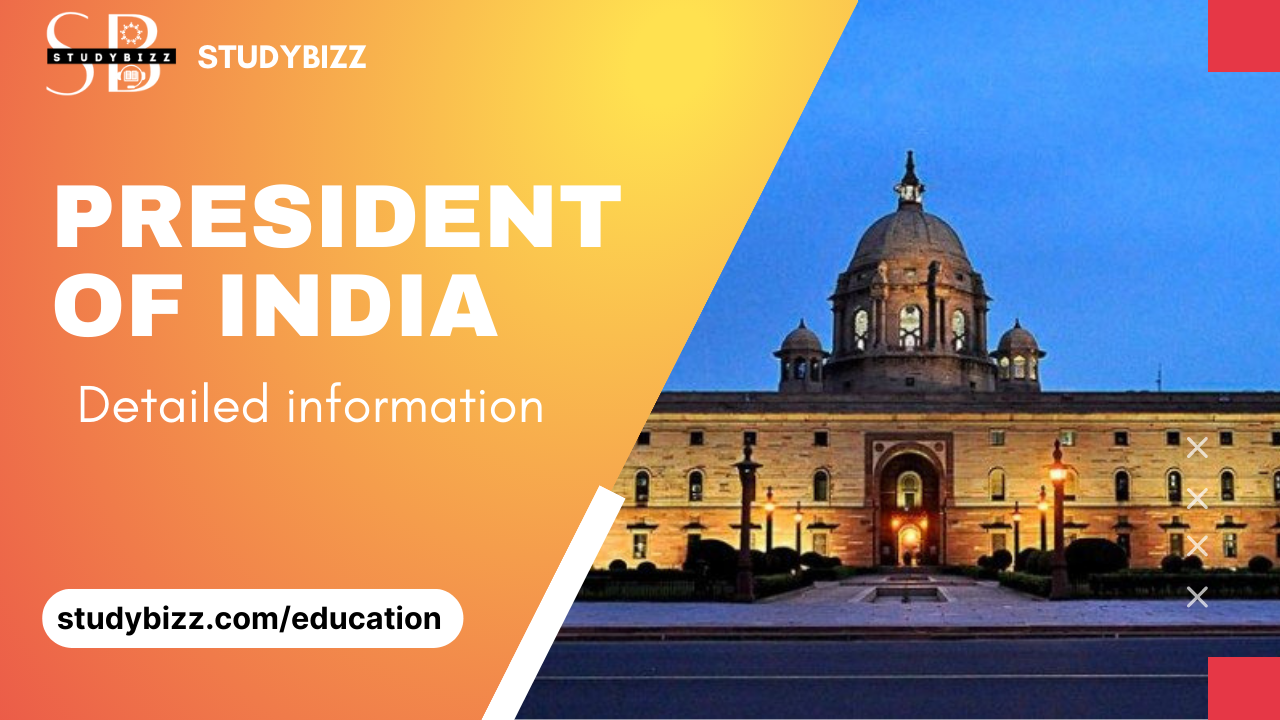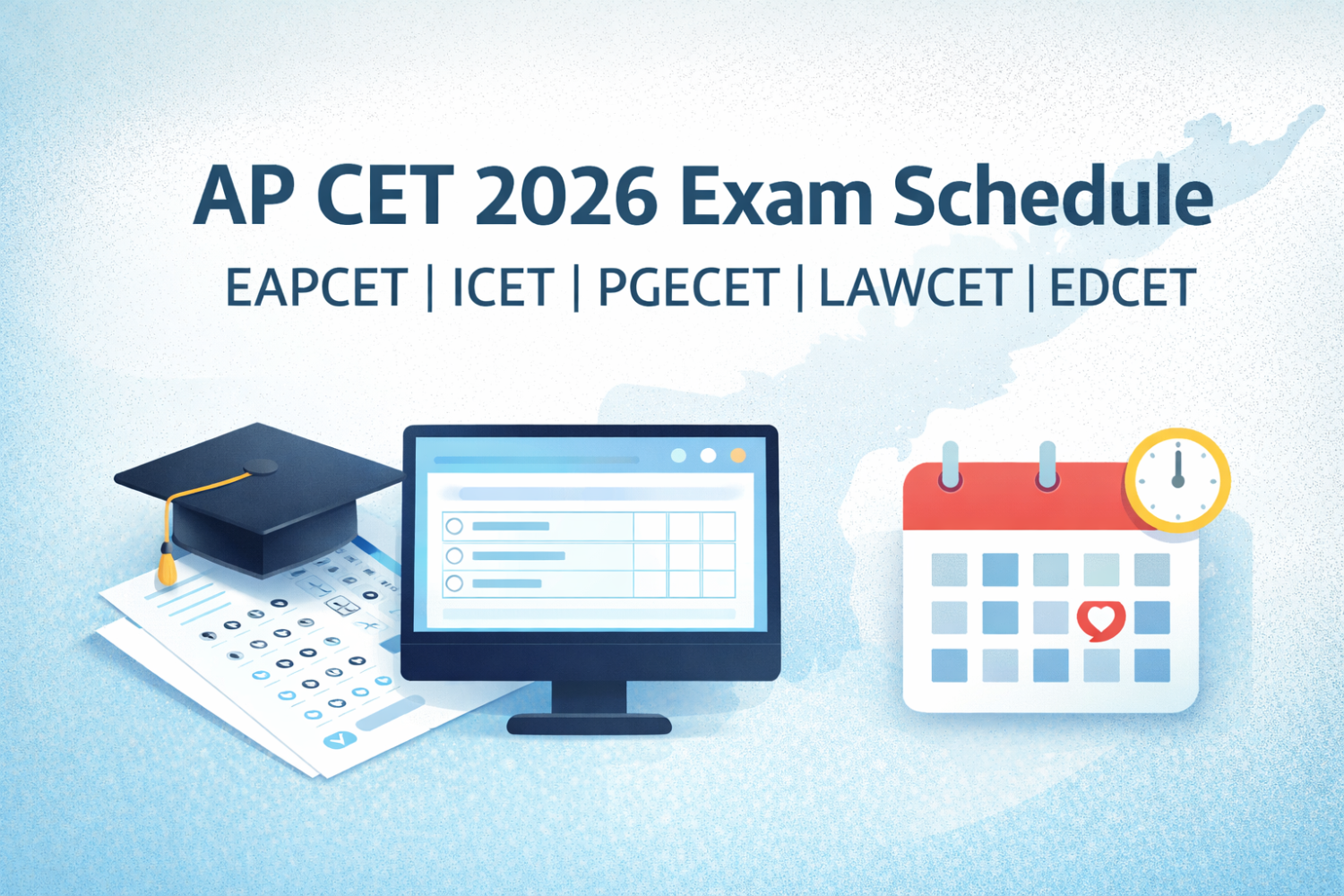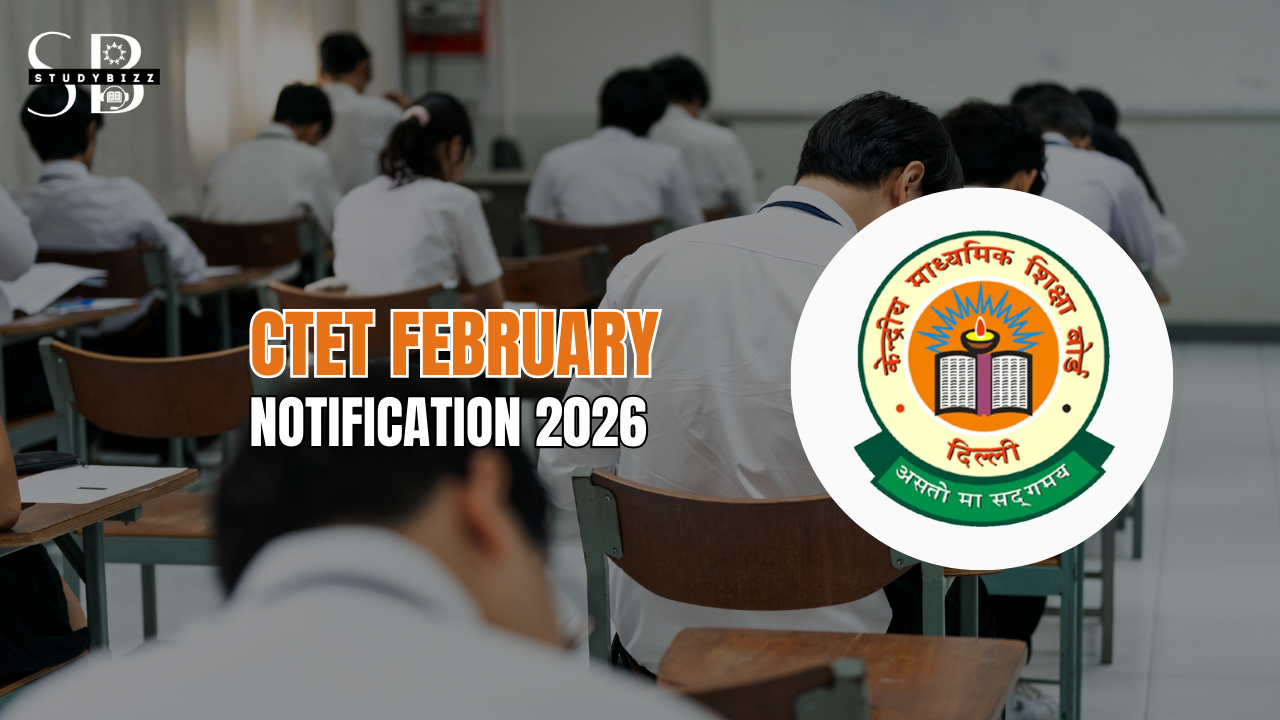The President of India is the head of state of Republic and first citizen of India. The President is elected by an electoral college, consisting of members of the Parliament of India and the Legislative Assemblies of the States of India, for a five-year term. The current President of India is Droupadi Murmu, since 25 July 2022. The President of India is the supreme commander of the Indian Armed Forces and has the power to declare war or peace, as well as to grant pardons and clemency to offenders. The President also plays a ceremonial role in the government of India, and serves as a symbol of national unity and integrity.
Selection process :
Eligibility :
The qualification of be the President of India are given below:
- He/ She must be an Indian citizen
- A person must have completed the age of 35.
- A person must be qualified for election as a member of the House of the People.
- Must not hold a government (central or state) office of profit. However, if
- A person is eligible for election as President if he/she is holding the office of President or Vice-President.
- A person is eligible for election as President if he/she is holding the office of the Governor.
- A person is eligible for election as President if he/she is holding the office of Union/ State Minister.
Election process :
The President of India is elected by an electoral college, which consists of Members of Parliament and Members of the Legislative Assemblies of the states and union territories of India. The President is elected through a system of proportional representation by means of a single transferable vote.
The process of electing the President of India is as follows:
- Nomination: Any person who is a citizen of India and is qualified to be elected as a Member of Parliament is eligible to be nominated for the office of the President. The nomination must be subscribed by at least 50 electors as proposers and 50 electors as seconders.
- Scrutiny of nominations: The returning officer scrutinizes the nominations to ensure that they are valid and in accordance with the rules.
- Withdrawal of candidature: A candidate may withdraw his or her candidature by giving notice in writing to the returning officer.
- Polling: If there is only one validly nominated candidate, the returning officer declares that candidate to be elected as the President. If there are more than one validly nominated candidates, a poll is held on the date fixed by the Election Commission of India.
- Counting of votes: The votes are counted in the presence of the candidates or their authorized representatives. The candidate who secures the highest number of votes is declared elected as the President.
- Declaration of result: The returning officer declares the result of the election and issues a certificate of election to the elected candidate.
The President of India is elected for a term of five years, and is eligible for re-election. The President can be removed from office by impeachment by Parliament. The President cannot be a member of either house of Parliament or of a state legislature. The President also cannot hold any other office of profit or trust under the government of India or any state.
Powers of President of India :
Under the draft constitution the President occupies the same position as the King under the English Constitution. He is the head of the state but not of the Executive. He represents the Nation but does not rule the Nation.
The following are the powers of India :
Legislative powers :
The President of India has certain legislative powers that are outlined in the Constitution of India. These powers are exercised on the advice of the Prime Minister and the Cabinet, except in certain cases where the Constitution allows the President to act in his or her discretion.
Some of the legislative powers of the President of India are:
- Summoning and proroguing Parliament: The President has the power to summon and prorogue sessions of Parliament. The President can also dissolve the Lok Sabha (the lower house of Parliament) on the advice of the Prime Minister.
- Addressing Parliament: The President has the power to address the members of both houses of Parliament, and to send messages to Parliament.
- Promulgation of ordinances: The President has the power to promulgate ordinances during the recess of Parliament. An ordinance is a temporary law that is promulgated by the President when Parliament is not in session, and has the same force and effect as an act of Parliament.
- Assent to bills: The President has the power to give assent to bills passed by Parliament. A bill becomes an act of Parliament when it receives the assent of the President.
- Veto powers: The President has the power to return a bill for reconsideration by Parliament, with or without recommendations. If the President returns a bill for reconsideration, and the bill is passed again by Parliament with or without the recommendations of the President, the President must give his or her assent to the bill. The President also has the power to withhold assent to a bill, in which case the bill does not become an act of Parliament.
- Ordinary bills: The President has the power to reserve ordinary bills for the consideration of the President. An ordinary bill is a bill that relates to the imposition, abolition
Executive powers :
The President of India has a number of executive powers that are outlined in the Constitution of India. These powers are exercised on the advice of the Prime Minister and the Cabinet, except in certain cases where the Constitution allows the President to act in his or her discretion.
Some of the executive powers of the President of India are:
- Appointment of the Prime Minister and other ministers: The President has the power to appoint the Prime Minister and other ministers, based on the recommendation of the Prime Minister. The President also has the power to dismiss the Prime Minister and other ministers.
- Appointment of judges: The President has the power to appoint judges to the Supreme Court and the high courts, in consultation with the Chief Justice of India and the judges of the Supreme Court, and the Chief Justices and other judges of the high courts, as the case may be.
- Dissolution of Parliament: The President has the power to dissolve the Lok Sabha (the lower house of Parliament) on the advice of the Prime Minister. The President also has the power to summon and prorogue sessions of Parliament.
- Making advances from the Contingency Fund: The President has the power to make advances out of the Contingency Fund of India to meet unforeseen expenditure, in consultation with the Comptroller and Auditor General of India.
- Appointment and recall of ambassadors: The President has the power to appoint and recall ambassadors and other diplomatic representatives to foreign countries, in consultation with the Prime Minister.
- Ratification of treaties: The President has the power to ratify treaties and agreements with foreign countries, in consultation with the Prime Minister.
- Declaration of emergency: The President has the power to declare a state of emergency in the event of war, external aggression or armed rebellion, or in the event of a grave threat to the financial stability or credit of India.
- Appointment of governors: The President has the power to appoint the governors of the states, in consultation with the Chief Justice of India and the Union Public Service Commission. The President also has the power to remove the governors from office.
- Administration of Union Territories: The President has the power to make regulations for the administration of Union Territories, in consultation with the Governor of the Union Territory concerned.
- Maintenance of public order: The President has the power to call out the armed forces or any part of them to aid the civil power in the maintenance of public order. The President also has the power to mobilize the armed forces of India.
Judicial powers :
The President of India does not have any judicial powers as such. The Constitution of India provides for an independent judiciary, with the Supreme Court and the high courts being the highest judicial bodies in the country. The President does not have any role in the the President of India does not have any judicial powers as such. The Constitution of India provides for an independent judiciary, with the Supreme Court and the high courts being the highest judicial bodies in the country. The President does not have any role in the judicial process, and is not involved in the interpretation of laws or the resolution of legal disputes. Decal process, and is not involved in the interpretation of laws or the resolution of legal disputes.
Financial powers :
The President of India has certain financial powers that are outlined in the Constitution of India. These powers are exercised on the advice of the Prime Minister and the Cabinet, except in certain cases where the Constitution allows the President to act in his or her discretion.
Some of the financial powers of the President of India are:
- Budget: The President has the power to cause the annual budget to be laid before Parliament. The budget is prepared by the government, and consists of estimates of the revenues and expenditures of the government for the coming financial year.
- Money bills: The President has the power to cause money bills to be presented to Parliament for its consideration. A money bill is a bill that relates to the imposition, abolition, remission, alteration or regulation of any tax; the regulation of the borrowing of money or the giving of any guarantee by the government; the custody of the Consolidated Fund or the Contingency Fund of India; the appropriation of money out of the Consolidated Fund of India; or the declaring of any expenditure to be expenditure charged on the Consolidated Fund of India.
- Advances from the Contingency Fund: The President has the power to make advances out of the Contingency Fund of India to meet unforeseen expenditure, in consultation with the Comptroller and Auditor General of India. The Contingency Fund of India is a fund that is maintained by the government for the purpose of meeting unforeseen expenditure.
- Sanction of expenditure: The President has the power to sanction expenditure from the Consolidated Fund of India, in accordance with the provisions of the Constitution and the law. The Consolidated Fund of India is a fund that is maintained by the government for the purpose of meeting the ordinary expenses of the government.
- Withdrawal of money from the Consolidated Fund: The President has the power to withdraw money from the Consolidated Fund of India, in accordance with the provisions of the Constitution and the law.
- Investment of money: The President has the power to invest money in the Public Account of India or in any other account of the government, in accordance with the provisions of the Constitution and the law. The Public Account of India is a fund that is maintained by the government for the purpose of receiving and holding money that is not required to be immediately placed at the disposal of the government.
- Sanction of expenditure from the Contingency Fund: The President has the power to sanction expenditure from the Contingency Fund of India, in accordance with the provisions of the Constitution and the law.
- Withdrawal of money from the Contingency Fund: The President has the power to withdraw money from the Contingency Fund of India, in accordance with the provisions of the Constitution and the law.
- Advances from the Consolidated Fund: The President has the power to make advances out of the Consolidated Fund of India to meet unforeseen expenditure, in consultation with the Comptroller and Auditor General of India.
Diplomatic powers :
Diplomatic powers of the President of India are:
- Appointment and recall of ambassadors: The President has the power to appoint and recall ambassadors and other diplomatic representatives to foreign countries, in consultation with the Prime Minister.
- Ratification of treaties: The President has the power to ratify treaties and agreements with foreign countries, in consultation with the Prime Minister.
- Receiving foreign heads of state and government: The President has the power to receive foreign heads of state and government and other diplomatic representatives.
- Accrediting ambassadors: The President has the power to accredit ambassadors and other diplomatic representatives to foreign countries.
- Granting of asylum: The President has the power to grant asylum to foreign nationals, in accordance with the law.
- Exchange of diplomatic and consular representatives: The President has the power to exchange diplomatic and consular representatives with foreign countries, in accordance with the law.
- Transfer of power to the Vice President: In the event of the President being unable to discharge the functions of his or her office due to absence, illness or any other cause, the President has the power to transfer the functions of the office to the Vice President.
In addition to these powers, the President also has certain ceremonial duties related to diplomacy, such as receiving foreign heads of state and government, and awarding honors and decorations to foreign nationals.
Military powers :
- Declaration of war and peace: The President has the power to declare war or peace, in consultation with the Cabinet.
- Mobilization of the armed forces: The President has the power to mobilize the armed forces of India, in consultation with the Cabinet.
- Call out the armed forces: The President has the power to call out the armed forces or any part of them to aid the civil power in the maintenance of public order.
- Supremacy over the armed forces: The President has supremacy over the armed forces of India, and all orders and instructions of the President in his or her capacity as the supreme commander of the armed forces shall be obeyed by the armed forces.
- Appointment of the Chief of the Army Staff and other military officers: The President has the power to appoint the Chief of the Army Staff and other military officers, in consultation with the Prime Minister and the Minister of Defence.
Impeachment :
The President of India can be removed from office by impeachment, which is a process established by the Constitution of India for the removal of the President for “violation of the Constitution.” The impeachment process is initiated by the Parliament of India, and is carried out by the two houses of Parliament, namely, the Lok Sabha (the lower house) and the Rajya Sabha (the upper house).
The impeachment process is as follows:
- Notice of motion: A notice of motion is presented to either house of Parliament, signed by not less than one-fourth of the total number of members of that house, stating the grounds on which the impeachment of the President is proposed.
- Investigation: If the notice of motion is accepted by the house, an investigation is conducted by a committee of that house, or by a joint committee of both houses. The committee submits a report to the house, stating whether the allegations against the President are proved or not.
- Consideration of the report: If the report of the committee states that the allegations against the President are proved, the house considers the report and the motion for impeachment.
- Voting: If the motion for impeachment is passed by a majority of not less than two-thirds of the total membership of the house, it is presented to the other house. If the other house also passes the motion by a majority of not less than two-thirds of the total membership of that house, the President is deemed to have been impeached.
- Removal from office: If the President is impeached, he or she stands removed from office.
The President can only be impeached for “violation of the Constitution,” which includes offences such as misconduct, corruption, abuse of power, and failure to discharge the duties of the office. The President cannot be impeached for a mere difference of opinion or a policy decision.
The impeachment process is a rare and drastic measure, and has only been used once in the history of independent India. In 1992, the President of India, Dr. Shankar Dayal Sharma, was impeached by the Lok Sabha,





Leave a Reply